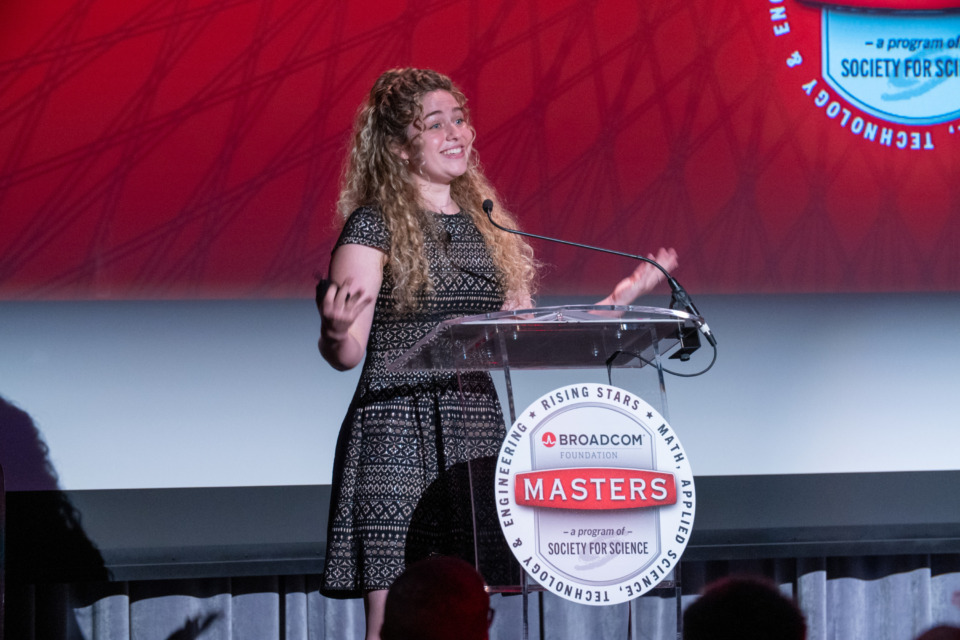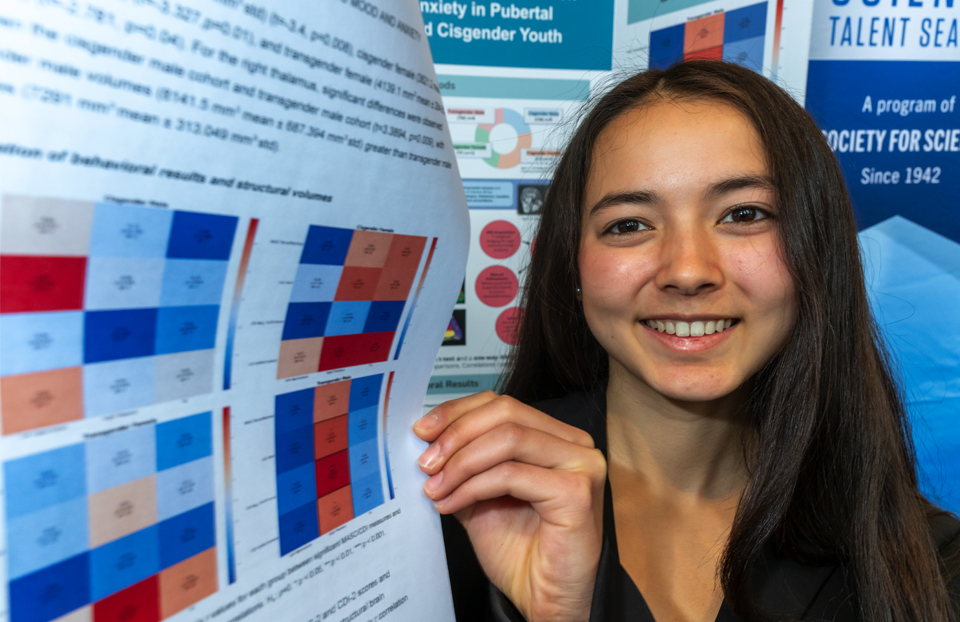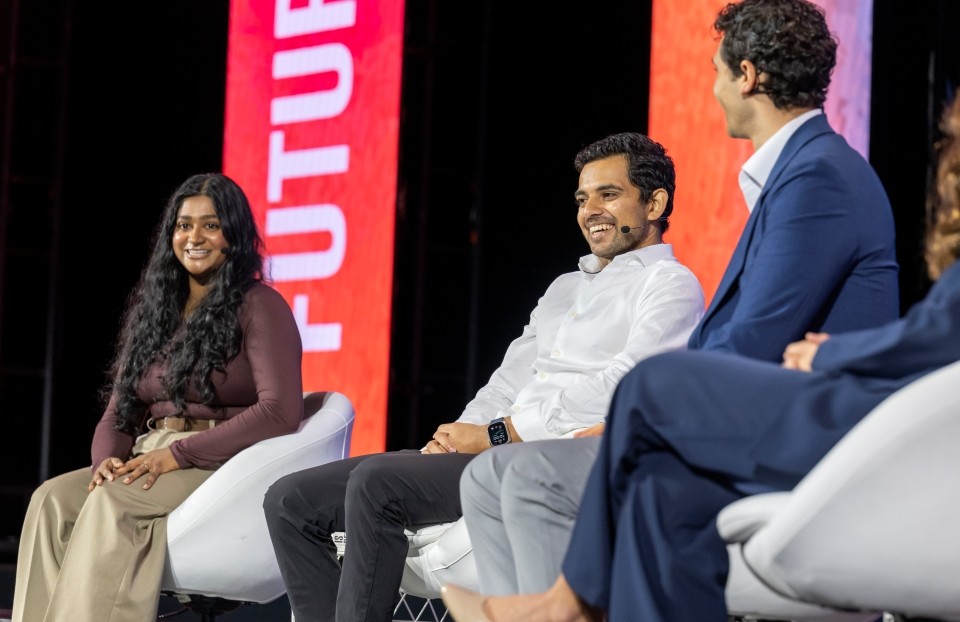Alumni, STEM Outreach, Young & Amazing
10 top science innovators of 2017
The Society for Science & the Public is constantly crossing paths with talented young scientists. These STEM superstars are solving problems facing our world and delving into important research that will further our scientific knowledge.
Below, check out a sampling of some of our favorite stories from this year about young science innovators.
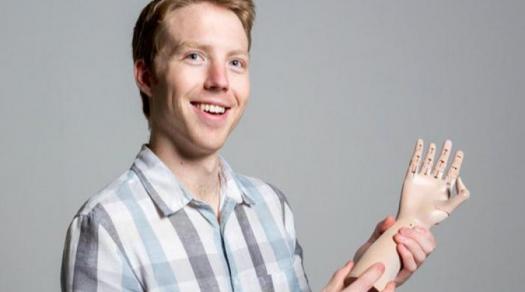
Easton LaChappelle
Easton (Intel ISEF 2012-2013) is the CEO and founder of Unlimited Tomorrow, which uses low-cost 3D printing to build better prosthetics. Modern prosthetics can be expensive, heavy, and hard to use, so Easton founded the Seattle-based company at the young age of 18. At 14, he made his first robotic hand out of LEGOs, fishing wire, and electrical tubing. Since then, his technology has advanced into a 3D printed, brain-powered robotic arm. “I saw an opportunity to take what I was making for fun in my bedroom and potentially impact someone’s life,” he said. Recently, Easton had the opportunity to give a little girl an improved prosthesis, with fingers that move and nails she can paint.
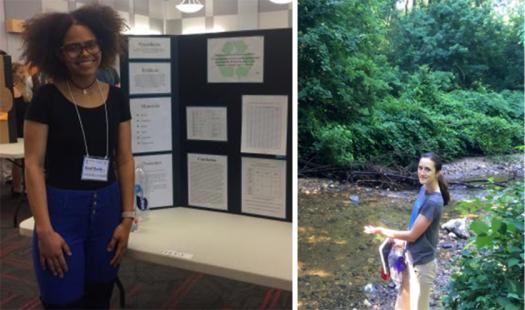
Monea Floyd and Claire Wayner
Monea and Claire (Community Innovation Award winners) were recognized for their committment to sustainability in their communities. Monea is researching climate change and eco-friendly alternatives that would reduce our ecological footprints on the planet. Claire is working with a Johns Hopkins University lab to study how to decrease bacteria like E Coli. in stormwater filtration systems. She wants to advocate for stronger policies to keep the environment cleaner. Still in high school, they’re well on their way to saving the environment.
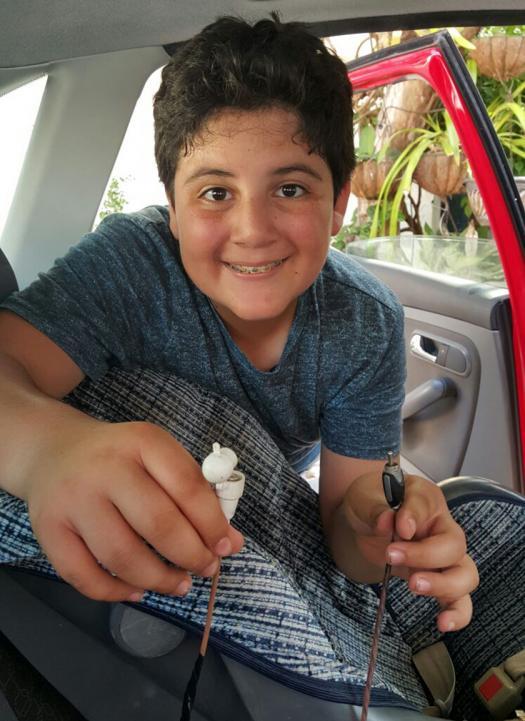
Joaquin Haces-Garcia
Joaquin Haces-Garcia (Broadcom MASTERS 2016) invented a car seat alarm system to remind parents that their child is in the backseat. He was inspired after reading a devastating story of a father whose baby died of heat stroke after accidentally being left in a hot car. A closed car amplifies the ambient temperature, leading to a much sharper increase in temperature when it is parked in the sun. Of the more than 360 deaths caused by heat stroke in cars in the U.S. in the last 10 years, over half were caused when a child was forgotten inside a car. Joaquin’s invention serves as a safeguard to prevent these kinds of tragedies.
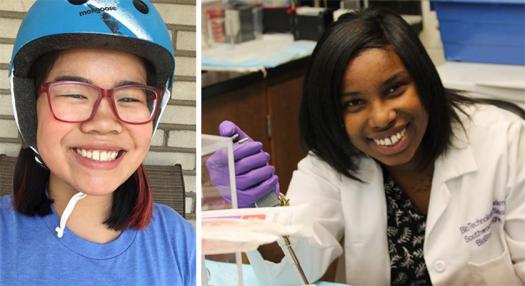
Tina Pakko and Kearra Odums
Tina and Kearra (Community Innovation Award winners) are both focused on improving the quality of life through medicine. Tina was inspired by her own hearing loss and use of hearing aids to create an effective wind noise reduction device. When people with hearing aids ride their bikes, they have more trouble hearing because of increased wind noise interference. Her device reduces wind noise and other noise pollution, without muffling other important sounds like cars and emergency sirens.
Like Tina, Kearra’s research was also inspired by personal experiences. After losing loved ones to cancer, she began to conduct research on head and neck cancer. She is investigating the potential role for the UCP2 gene in inhibiting disease.
Help support more science innovators by becoming a member of the Society.
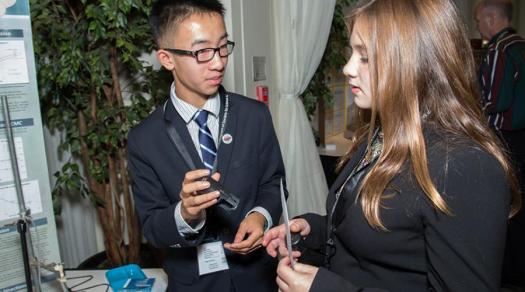
Nathan Deng
Cleaning up oil spills is an intensive, dirty job. Middle school student Nathan (Broadcom MASTERS 2016) is searching for the most efficient and sustainable cleaning method for oil spills. Designing his own equipment using a syringe, flexible tubing, a thermometer, and a precise scale, Nathan manipulated the surface tension of water to find an environmentally safe way of cleaning using biosurfactants. He says lowering surface tension is the key to effective cleaning, because it allows water to permeate through the crevices of dirty objects. Nathan plans to continue refining his device so he can distribute it as a kit to students, teachers, and researchers and even those in developing countries where a clean water supply is lacking.
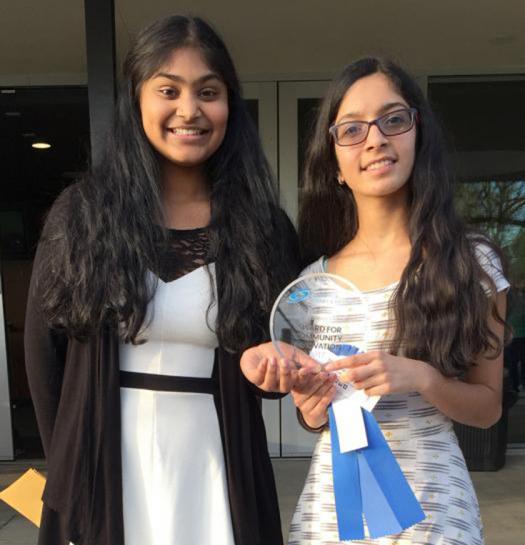
Akshara Legala and Suditi Bhatt
Akshara and Suditi (Community Innovation Award winners) developed and tested greywater filtration systems with natural filters. Greywater is a way to recycle used water. It’s a method environmentalists tout to save freshwater resources for drinking while greywater can be used for appliances and agriculture. They found natural fibrous materials with the potential to remove chemical toxins from water, including activated charcoal powder, moringa oleifera seeds, and crushed corn cob. Charcoal powder has been used in greywater treatments, and can replace chlorine as a natural disinfectant. The seeds contain a protein with an antimicrobial effect in water filtration. And the corn has the ability to trap chemicals in its pores and soak in excess salts like calcium and magnesium.
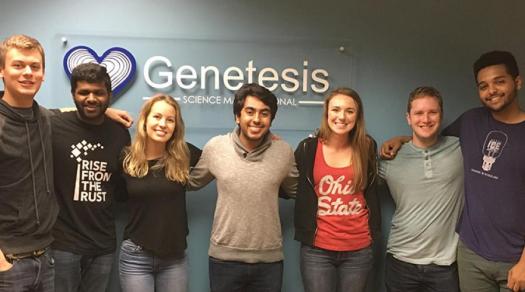
Peeyush Shrivastava
Peeyush (Intel Science Talent Search 2013), the CEO of Genetesis, is on the forefront of the future of medical imaging. His cardiac imaging company won seed funding from Shark Tank’s Mark Cuban. Peeyush and his team are building ways to detect sources of abnormality in the heart with quicker methods. They achieve the goal using 3D maps of electrical activity and noninvasive scans.
